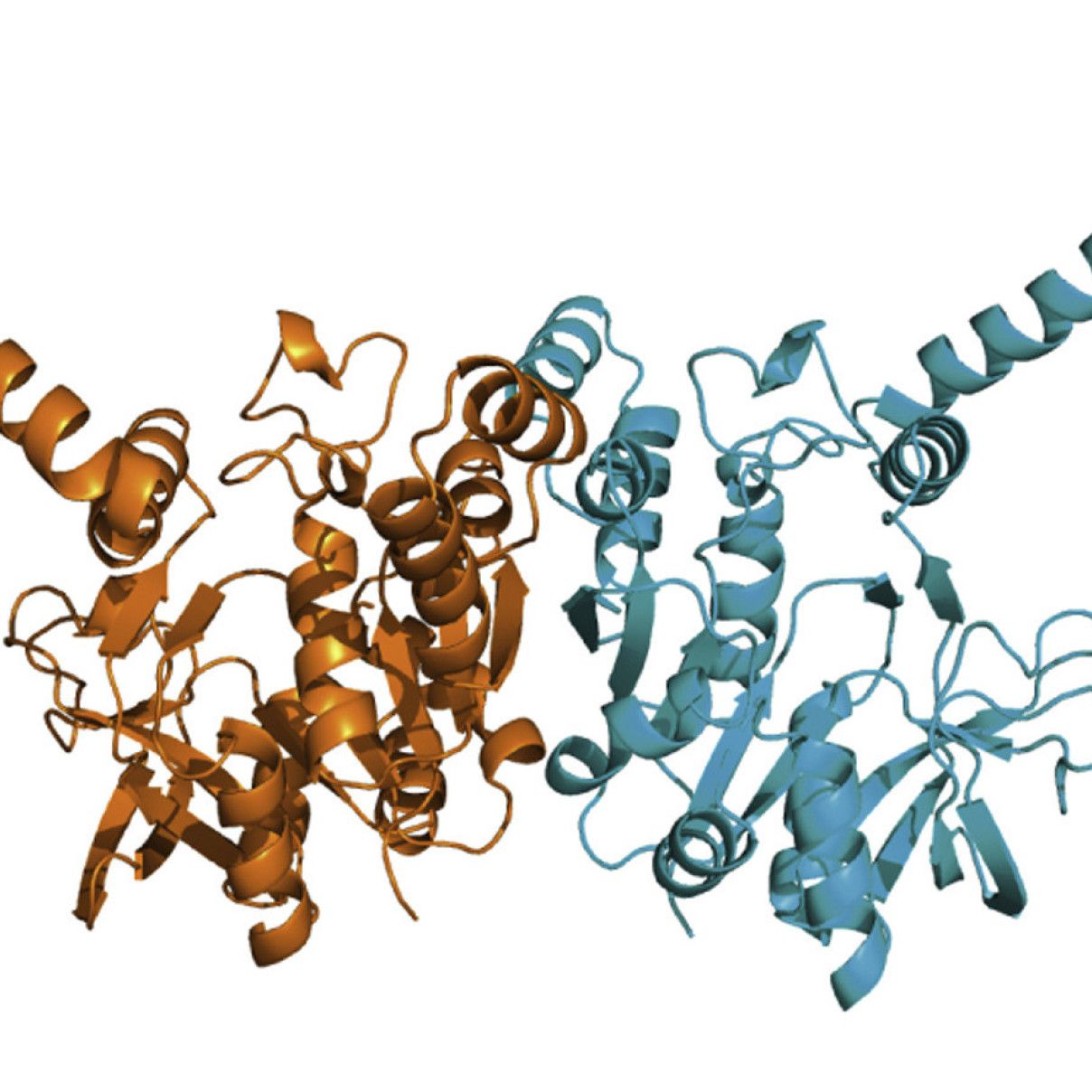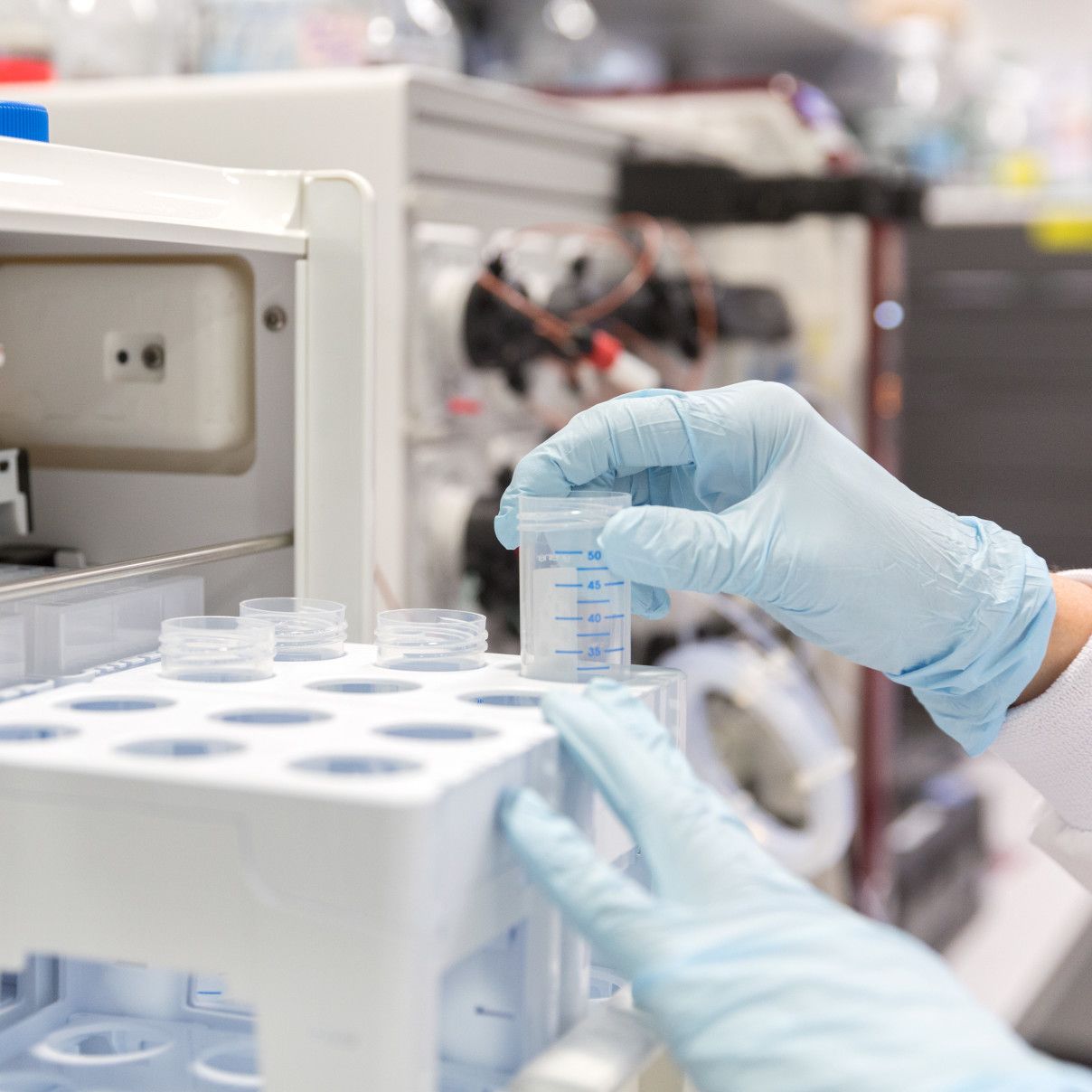The most flexible way of doing a seeding experiment is by using initial screens and the Mosquito. In effect, you're repeating initial screening, but in the presence of nuclei to increase crystallization efficiency. This is called microseed matrix screening and tends to
- give more hits in new conditions,
- produce better-diffracting crystals and
- allow you to control the size and number of the crystals obtained.
Possibilities
- Any crystalline protein material can be used for microseeding, including fine needles, spherulites, microcrystals and irregular poorly formed crystals. The more you have, and the better the crystals, the more successful your screening will be.
- For stability, seed stock should be kept on ice and frozen to -80°C as soon as possible. It can then undergo multiple freeze-thaw cycles without loss of nucleation power.
- If you have plenty of crystals, use the Seed Bead included in the Hampton kit.
- If you have only a few small crystals, modify the procedure below by crushing the crystals with a probe and making a smaller volume of seed stock (e.g. 15 µl) without using the Seed Bead.
- Better crystals from seeding can be used for further seeding (iterative seeding).
- Cross-seeding has been used with good success.
Protocol for making seed stock
The method is based on a review from 2014.
- Put test tube with a Seed Bead inside into a bucket of ice.
- Open the well containing seed crystals, add 10 µl of reservoir solution. You might need to work with smaller aliquots in 96-well trays.
- Crush the crystal with a probe. If they can't be shattered, they might be cross-linked (e.g. by oxidized PEGs). Also check that they do not crush with a click that can be heard and felt, which would indicate that they are salt. See below for instructions for making a suitable glass probe.
- To get a nice suspension, aspirate and dispense 10 µl from the well several times. Finally, suck up the mixture and transfer to the tube containing the Seed Bead.
- Add another 10 µl of reservoir solution to to drop.
- Repeat steps 4 and 5 until 50 µl are in the tube with the Seed Bead.
- Vortex the Seed Bead tube for two minutes, stopping every 30 s to cool the tube on ice.
- Use this undiluted seed stock for matrix microseeding (into initial screens). The more crystal fragments there are in the seed stock, the more hits you will obtain.
- Use 300 nl of protein, 200 nl of reservoir and 100 nl of seed stock to set up your trays. A protocol exists on the Mosquito to do exactly that. Before using the seed stock, agitate it to resuspend crystals that might have settled or become attached.
In case seed stock is limiting, there's also a protocol that uses only 20 nl of it per drop. - Straight away, make a 10x dilution series down to 1:100,000 for further seeding experiments. Use these diluted seed stocks in later experiments if too many crystals are obtained. Freeze all seed stock immediately at -80°C. Also freeze the remaining undiluted seed stock at -80°C.
Further considerations
Preparing a glass probe
Crystals can be brushed in their wells using a rounded glass probe. Such a probe can be made from a glass rod, Pasteur pipette or capillary using a blowtorch or Bunsen flame. First, heat the glass rod near the middle until it becomes soft, then quickly remove the rod from the flame and draw it out by pulling apart the ends. (If you keep the rod in the flame while pulling, it will generally break.) Aim to pull the glass down to a diameter below 0.25 mm, then break the glass at the point where it is around 0.25 mm. Now briefly plunge the broken end into the flame. Repeat this until a blob of glass with a diameter of about 0.5 mm is formed on the end. This probe is useful for crushing crystals because it is easier to hit the crystals and because it does not damage the plastic bottom of the well.
Plenty of seed crystals
In cases where plenty of seed crystals are available, seed stock can be prepared simply by crushing the crystals in several large drops and collecting them in their mother liquor without any additions. The Seed Bead can be used, although it has the disadvantage that some liquid tends to be removed and wasted when the Seed Bead is taken from the tube. If the Seed Bead is not used, crush the crystals thoroughly in their wells with a glass probe.
Membrane protein crystals
Seed crystals of membrane proteins are particularly unstable. This may be because of the need to keep the crystals in contact with relatively high concentrations of detergent. Also, fewer crystals of membrane proteins may be available to make the seed stock. Membrane protein crystals should be crushed in their wells and harvested in the mother liquor (including protein!) without any additions. The Mosquito is well suited to working with small quantity of the seed stock.
High-salt conditions
If you are working with a protein complex, avoid high salt concentrations (see Radaev and Sun). Try suspending crystals in something like 40% PEG 3000 instead of the reservoir solution. To find out if the seed crystals are stable in PEG, incubate uncrushed crystals in PEG for 24 hours. If the crystals don't crack, shatter or dissolve, the PEG solution can almost certainly be used to prepare seed stock.
Similarly, high salt concentrations can be in impediment to heavy atom derivatization and small molecule complexes. You may wish to suspend seeds in PEG in those cases as well. Moreover, this approach will reduce the number of salt crystals obtained from seeding.
Random observations
Several groups have reported that, for some specific proteins, only fresh crystals work for seeding. Crystals that have been in the lab for a few weeks may not work, even though the crystals still diffract.
Some groups recommend combining as many hits as possible to prepare seed stock. For example, combine the drops from all the hits in high-PEG conditions to make a seed stock, and the drops from all the hits in high-salt conditions to make another. (Mixing high-PEG and high-salt conditions will lead to phase separation and dissolution of crystals in most cases [Shaw Stewart et al.].)
Preseeding the protein stock by adding crushed crystals to normal protein stock prior to setting up regular crystallization experiments can be beneficial but is generally less effective than using a separate seed stock.

